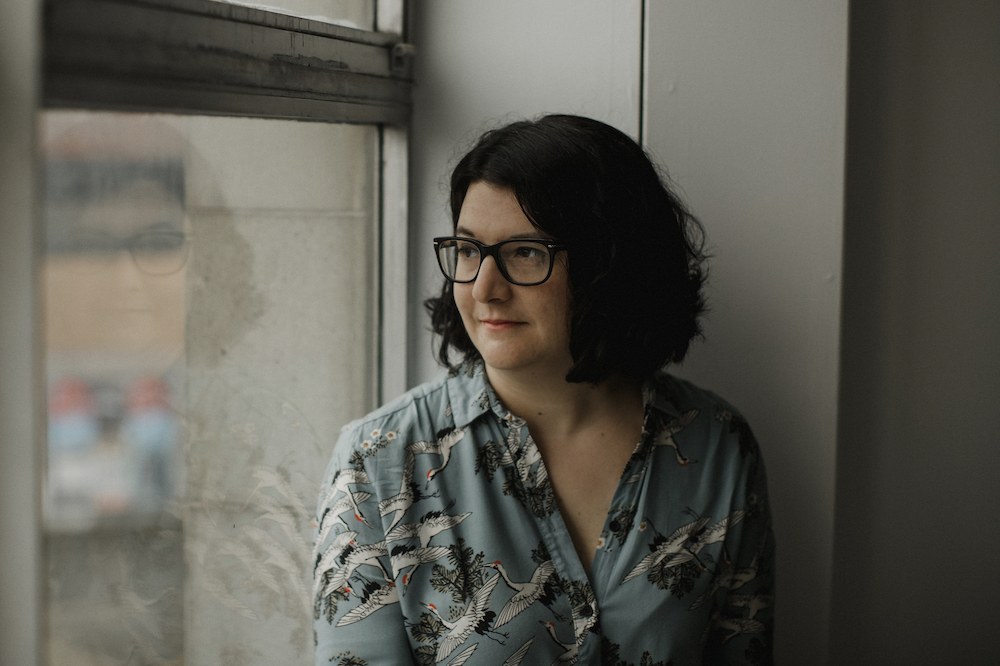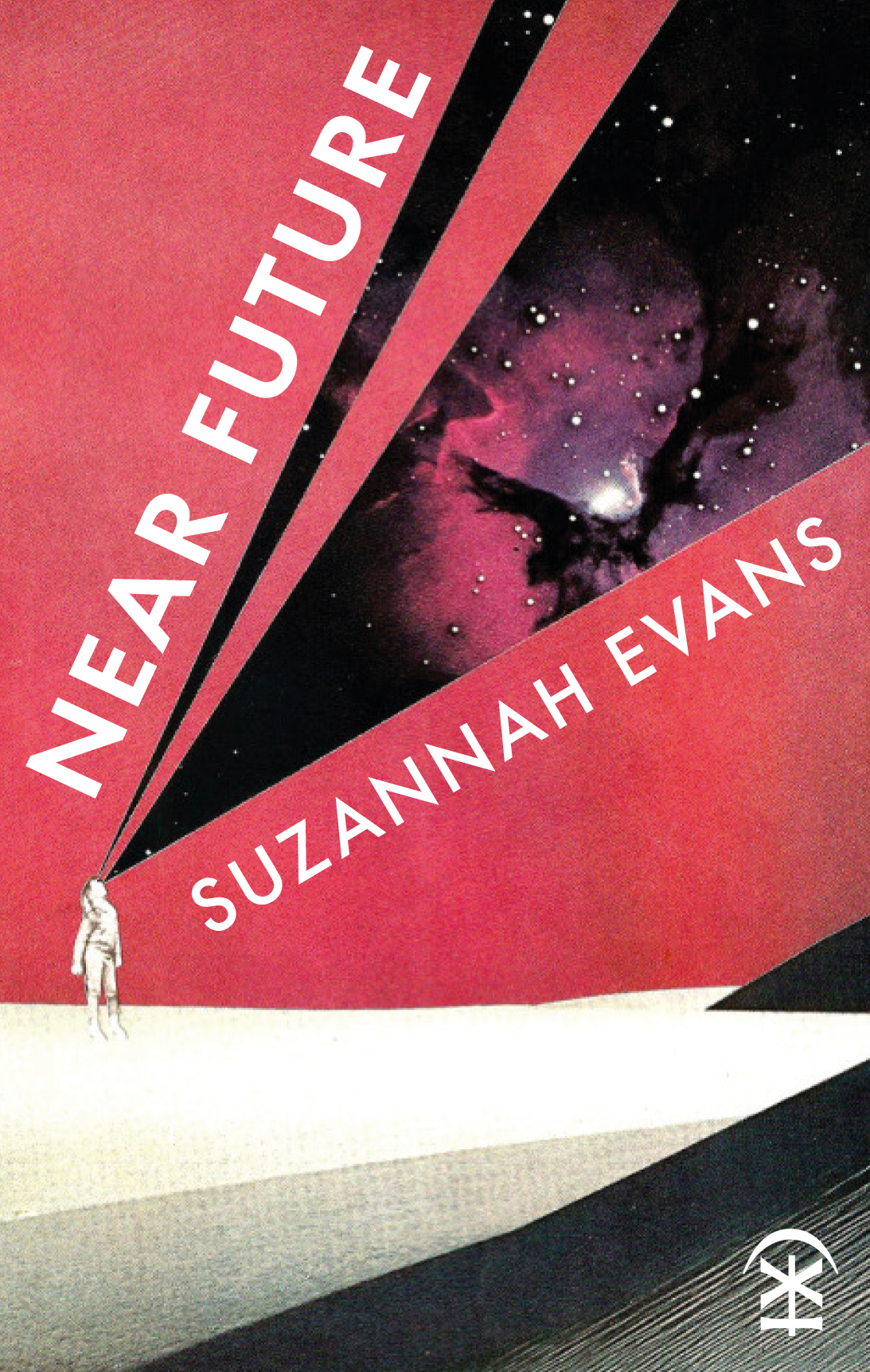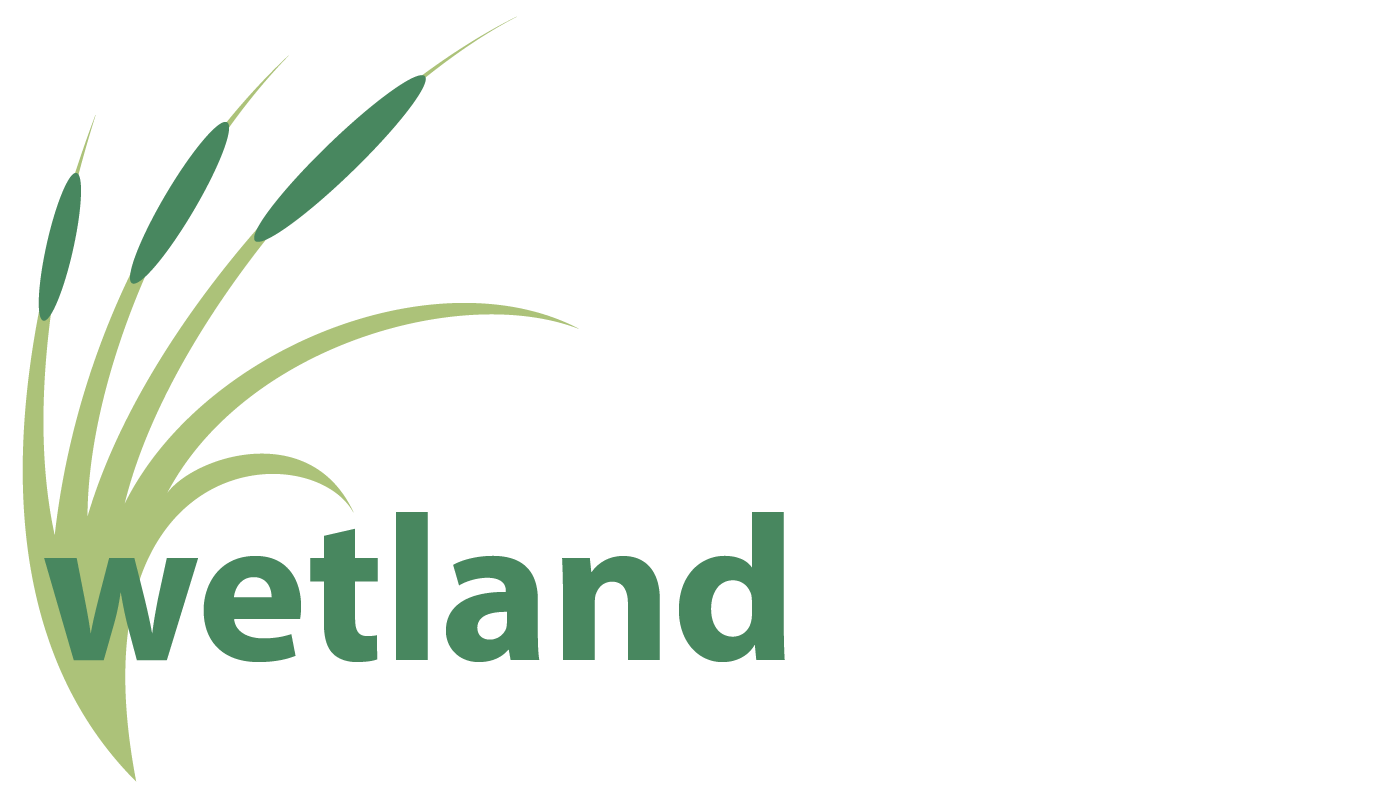Our first featured writer, Suzannah Evans talks to us about the magic of bird hides and themes within her poetry.

What are you experiences of bird hides? Do you frequent them?
My Dad is very into birdwatching and so I have sat in many bird hides over the years. Some of those experiences have involved waiting for creatures that never materialised – I remember waiting in one in Scotland for what felt like hours, before we all got grumpy and gave up. However, some of the most exciting things I have seen have been from bird hides – marsh harriers and avocets in Norfolk, and a bittern at Slimbridge in Gloucestershire. Last year at Leighton Moss I saw an otter from a bird hide, with my partner and his mum, and that really was something special. It chomped a great big eel right in front of us.
Do you find bird hides welcoming or intimidating spaces?
I like the quiet of a bird hide but I am not a big fan of crowds so busy, cramped ones aren’t great. It’s also great to enter a bird hide and be really surprised by the beautiful view you might get out of the other side – it’s a bit like going into the tardis or some other sort of magic.I think there is something very creative about the atmosphere of alertness you get in a hide where everybody is on the lookout for something. I think that is a mood that writers are in more often than most people.
Have you ever used a bird hide in a creative capacity, to write, draw, think or create? If not, would you like to?
I would definitely like to but I never have. The anticipatory quiet would be good to write in I think. I’d really like to write about that otter but I don’t know what I’d say – apart from my respect for it as a fish-killing machine, despite its cutesyfied identity.
 Are there any other manmade structures within nature that you are drawn to or which feature in your writing? (bothies, cabins, caravans, sheds, huts, pillboxes etc)
Are there any other manmade structures within nature that you are drawn to or which feature in your writing? (bothies, cabins, caravans, sheds, huts, pillboxes etc)
I am drawn to bomb shelters and bunkers (unsurprisingly perhaps given that Near Future contains a lot of apocalyptic poems) I have visited two – Drakelow tunnels in Worcestershire and Hack Green in Cheshire which has been renovated and is more like a museum. I’d really like to go in search of some abandoned ROC outposts though, some of which are exactly as they were left when the cold war ended.
How would you describe your relationship with nature? Does the natural world inspire your work?
I see myself (and all humans) as a part of nature rather than something separate from it, and this is something that is becoming very important in my writing. I don’t think the idea that we have to ‘conquer’ nature, or that nature somehow exists for humans to enjoy, has been particularly good for the planet thus far. We take long haul flights to see the best views, we litter the sides of mountains with empty oxygen canisters. I think we should see ourselves as working together with nature to ensure that we have a future together. I like the challenge of trying to write from a non-human viewpoint, too, although using words means this is a bit flawed. Climate change, and animals and landscapes, are all in my writing a lot.
Finally, your poem Swallows features as part of the Hide & Seek Project, could you describe the inspiration behind the poem and your process in writing it?
Swallows is quite a few years old now (I last edited the Google Doc in 2011, so eight years). I wrote it after reading a section of an illustrated children’s book, which I found in Westgate End bookshop in Wakefield (and didn’t buy, so I read all this in the shop) about how it was once thought that swallows didn’t migrate and spent all winter keeping themselves to themselves in the beds of rivers and lakes. I thought this was a striking image, and idea, and so that’s really where the poem comes from. It also, looking at it now, feels like it could be a comment on those antiquated ideas and what they reveal about people’s attitudes to foreignness, and migration, which depressingly in these times don’t even seem to have changed that much.
Suzannah Evans is a poet, creative writing teacher and tutor based in Sheffield, and director of Sheaf Poetry Festival. Her Pamphlet Confusion Species was a winner in the 2011 Poetry Business Book and Pamphlet Competition, and her poetry collection Near Future was published by Nine Arches Press in November 2018. For more details on her work please visit: www.suzannahevans.wordpress.com

